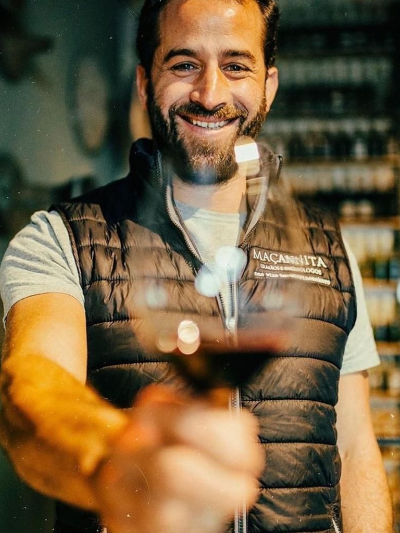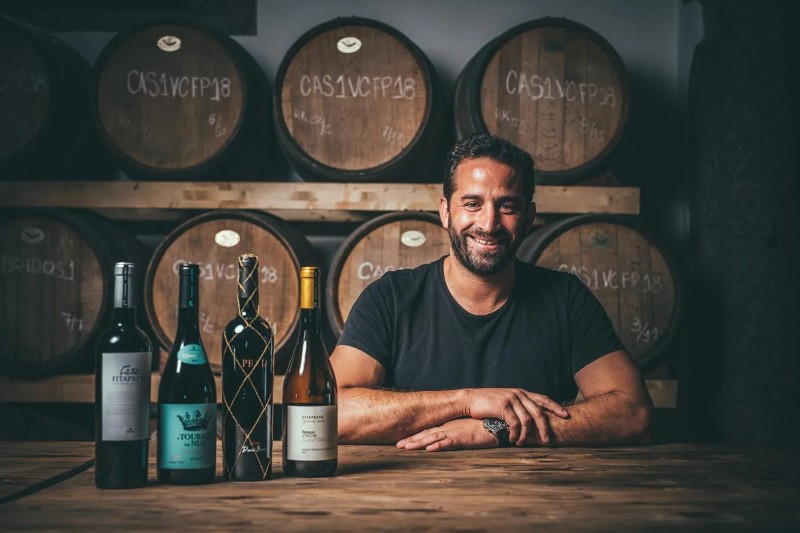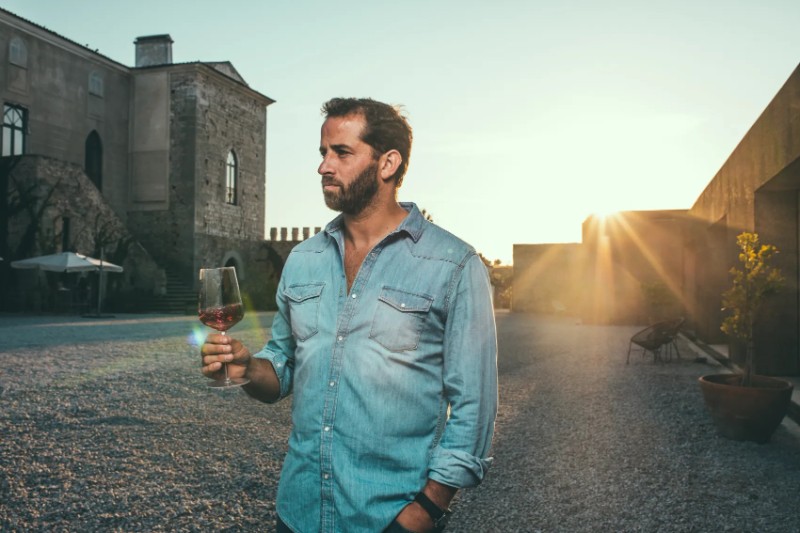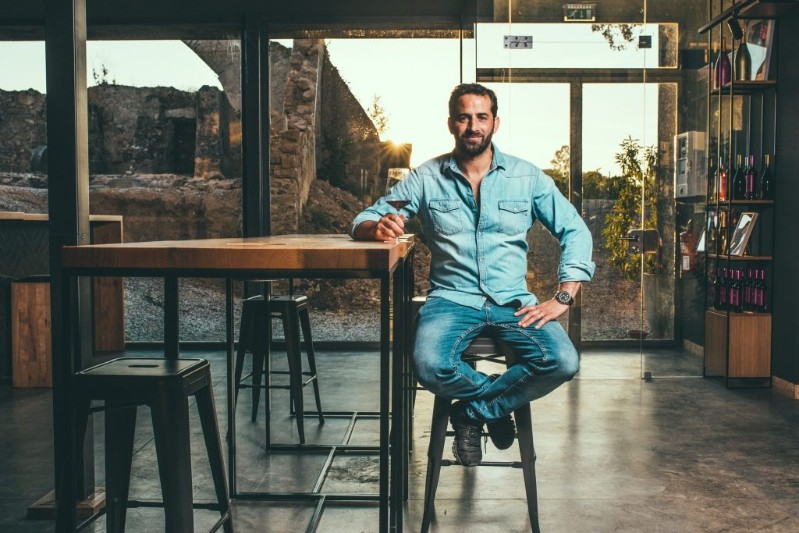Rosé dos Villões
<< Previous wine Next wine >>This project, led by António Maçanita and Madeiran restaurateur Nuno Faria, celebrates the unique potential of Portugal's Madeira islands. Maçanita is known for reviving forgotten grape varieties and winemaking techniques, including the first Negra Mole wine in the Algarve and rare varieties like Tinta Carvalha and Alicante Branco in Alentejo. His most notable achievement is the revival of Terrantez do Pico and Arinto in the Azores, transforming Azorean wines. In 2021, inspired by Porto Santo's low-growing vines, Faria challenged Maçanita to create Companhia de Vinhos dos Profetas e Villões (The Wine Company of Prophets and Villains). This project honors the islands' terroir and the playful rivalry between Madeirans ("Villões") and Porto Santans ("Profetas"). The wines embody the audacious spirit of these islands and their communities, merging Maçanita’s expertise with Porto Santo's heritage and reinforcing his commitment to revitalizing Portugal’s winemaking traditions through bold, unique wines.
WHAT MAKES THIS WINE UNIQUE?
This rosé wine is made from Tinta Negra, an ancient grape variety that has long been part of Madeira’s winemaking heritage. Historically rare, it was once used to tint white wines, giving them the golden hue that was fashionable at the time. Now, António is exploring its potential in a rosé, showcasing a new expression of this distinctive grape.GRAPE:
100% Tinta Negra. The vines used for this rosé are approximately 40 years old, sourced equally from two distinct areas of Madeira—Estreito de Câmara de Lobos on the south side and São Vicente on the north.PAIRING SUGGESTIONS:
This rosé is fresh, elegant, and uniquely saline, making it an ideal pairing for fish dishes, seafood, and crisp salads. Its volume and structure also make it a great match for white meats. It complements the vibrant flavors of Indian, Thai, and sushi cuisine, offering versatility across a range of dishes.VINIFICATION AND AGING:
The grapes were manually harvested and transported in 35kg boxes before being carefully selected on a sorting table. They were then destemmed without crushing and gently pressed. After a 24-hour cold decantation, fermentation took place in stainless steel tanks at controlled temperatures of 14-16ºC. The wine was then aged on its lees for 5 months, enhancing its texture and complexity.LOCATION, SOIL, CLIMATE:
The island of Madeira is situated in the Atlantic Ocean approximately 435 miles west of the African coast and 610 miles southwest of Lisbon. It has a mild, subtropical climate with high humidity (around 77% year-round), characterized by warm to hot summers and mild winters, with minimal temperature variation. The northern region receives more rainfall than the south, creating diverse microclimates ideal for grape cultivation. The island's volcanic, sandy, and calcareous soils are rich in iron and phosphorus but low in potassium, promoting high acidity and sugar levels in grapes. This unique combination of climate and soil contributes to the distinctive terroir and quality of Madeira wines.TASTING NOTES:
Open ruby-rose color with an intense nose of freshly crushed strawberries and subtle herbal notes. On the palate, it is fresh and crisp, with vibrant acidity and excellent salinity. The finish is long and persistent, leaving a bright, lingering impression.ALCOHOL CONTENT:
11.5%UPC CODE:
5600735074014Love this wine?
We'll keep you in the loop about special edition cases, recipes to pair, winemaker events and more.






 António Maçanita Winemaker bio
António Maçanita Winemaker bio